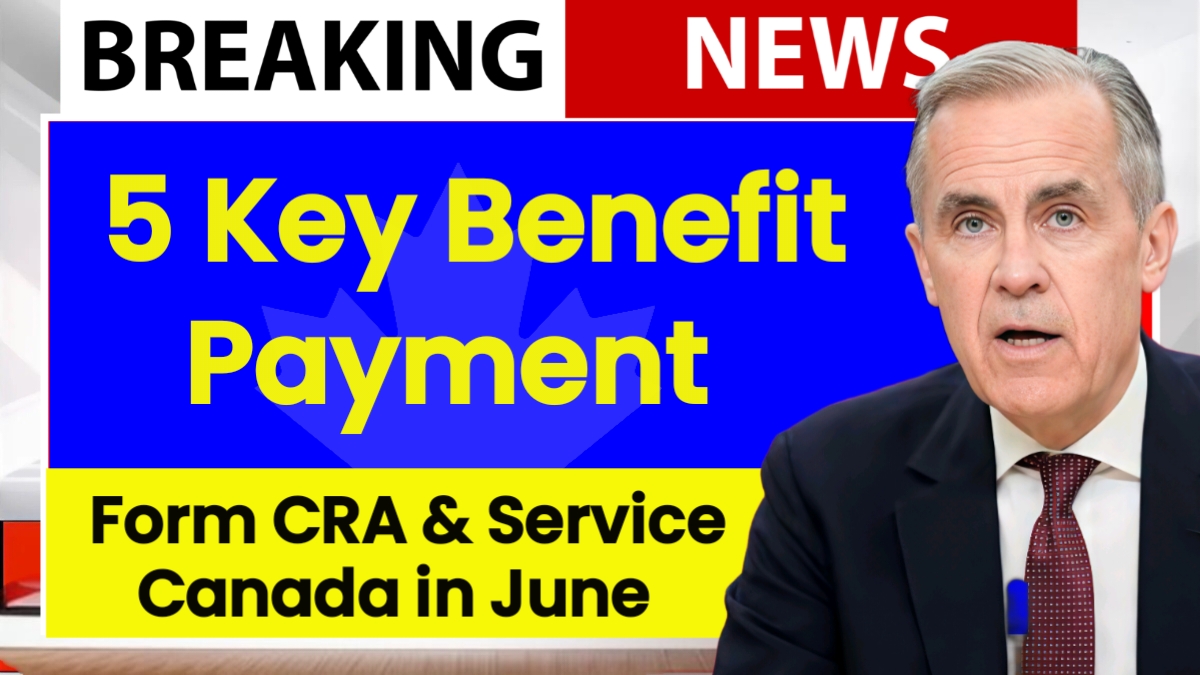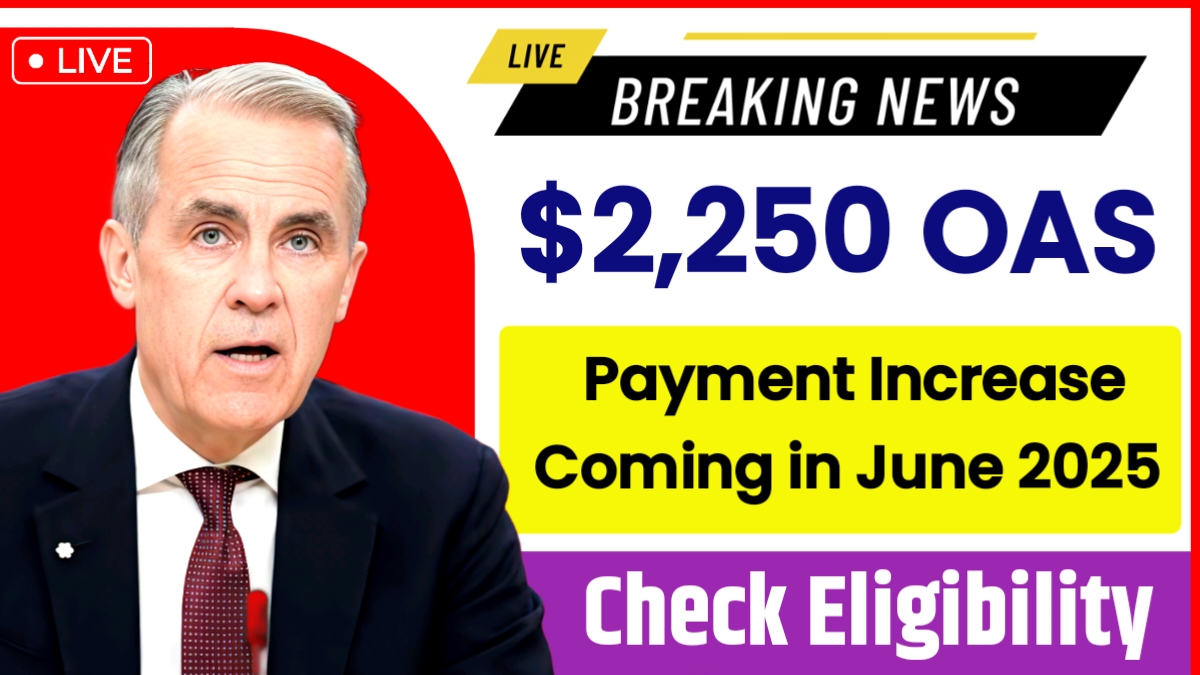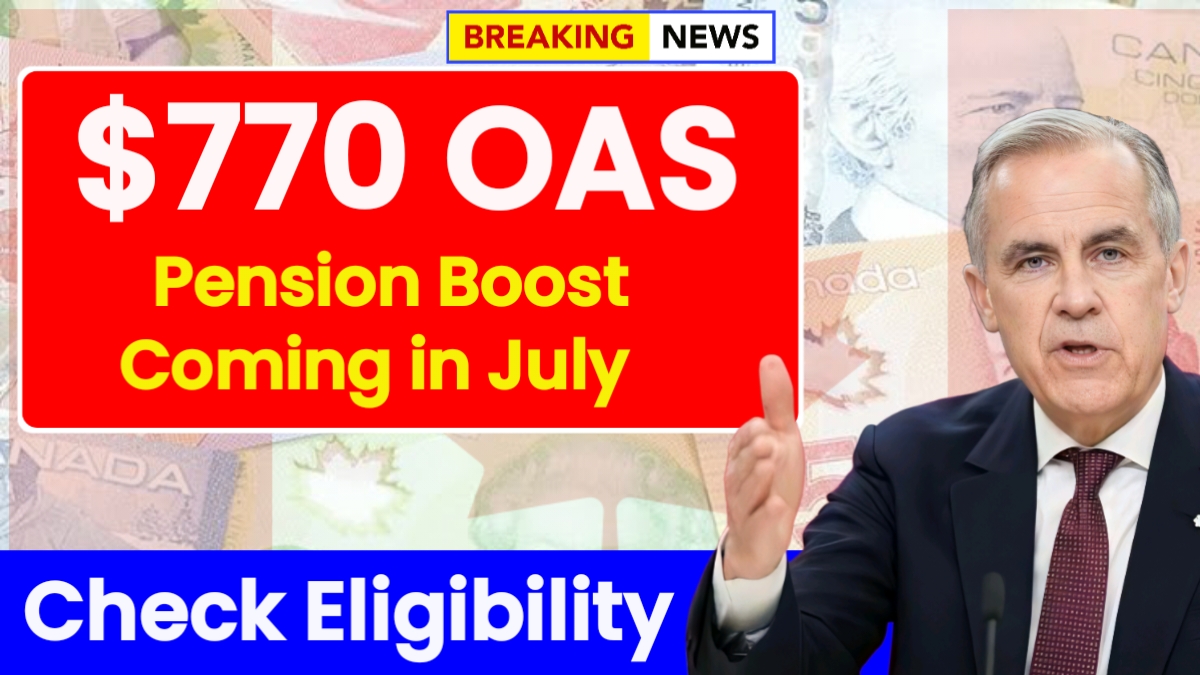Families across the country are eagerly awaiting the June 2025 Canada Child Benefit (CCB) payment—and this time, there’s even more good news. With a federal monthly payout and a new provincial bonus like the BC Family Benefit, eligible parents may receive up to an extra $445 annually. Scheduled for June 20, this deposit brings vital support to cover summer expenses and child care needs as the school break begins.
What the CCB provides each month
The Canada Child Benefit is a tax-free monthly payment issued by the Canada Revenue Agency to help with the cost of raising children under the age of 18. For children under six, families may receive up to $648.91 per month, while those aged six to seventeen may get up to $547.50 monthly. This benefit is recalculated every July based on your prior year’s income, making it an essential tool for families with lower earnings.
Extra $445 bonus for eligible provinces
Certain provinces like British Columbia offer additional support through bonus programs such as the BC Family Benefit. This year, that could mean up to $445 more for qualifying families without the need for a separate application. These added payments are rolled into your regular CCB deposit, providing timely help for rising costs and summer-related expenses like camps, activities, or travel essentials. These boosts are typically automatic if you’re already enrolled.
How your CCB amount is calculated
The exact amount you receive is based on your Adjusted Family Net Income (AFNI), number of children, and their ages. Families with more children and lower incomes generally qualify for higher payments. For example, a parent in British Columbia with two children—one aged four and the other nine—and a household income of $45,000 could receive a combined payment close to $1,100 in June, including both federal and provincial amounts.
Payment date and direct deposit details
Mark your calendars: the official CCB payment date for this month is June 20, 2025. Families enrolled in direct deposit will find the money automatically credited to their bank account on that day. If your yearly CCB amount is under $240, the CRA may issue it as a lump sum instead of monthly installments. Delays are rare but can occur if your information is out of date or your tax return is incomplete.
Who qualifies for the CCB in 2025
To be eligible, you must live in Canada, be the primary caregiver for your child under 18, and have filed your taxes for the previous year. If both parents share custody equally, each may receive 50% of the monthly amount. Keep your custody information up to date with the CRA to avoid errors. The CCB is entirely income-tested, so higher earners may see reduced benefit amounts compared to lower-income families.
Steps to apply for the child benefit
Applying is easy, but accuracy matters. You can apply online using your CRA My Account or by mailing Form RC66 with supporting documents like birth certificates and proof of residency. After approval, register for direct deposit to receive payments faster. CRA also provides a dashboard to check payment status, update details, and estimate future amounts. Avoid delays by submitting accurate and complete documentation early.
Ways to use and maximize your benefit
Beyond covering basic expenses like food, clothing, and school supplies, the CCB can also support your child’s development and security. Many families use it for health-related needs like dental care or therapy. Others invest in long-term stability through budgeting or saving the monthly deposits. File your taxes on time, report any changes in income or household, and always opt for direct deposit to ensure uninterrupted payments.
Why this payment matters right now
The CCB continues to be a financial lifeline for Canadian families, especially amid inflation and rising living costs. The additional $445 from programs like the BC Family Benefit provides much-needed relief during a time when children are home and expenses tend to rise. Whether it’s used for summer camps, groceries, or rent, this June 2025 payment ensures parents can focus on what matters most—their children’s well-being.
Disclaimer: This article is for informational purposes only and does not constitute financial or legal advice. Benefit amounts, eligibility, and payment schedules are subject to change. For the most accurate and current details, please visit the official Canada Revenue Agency (CRA) website or speak with a licensed tax professional.















